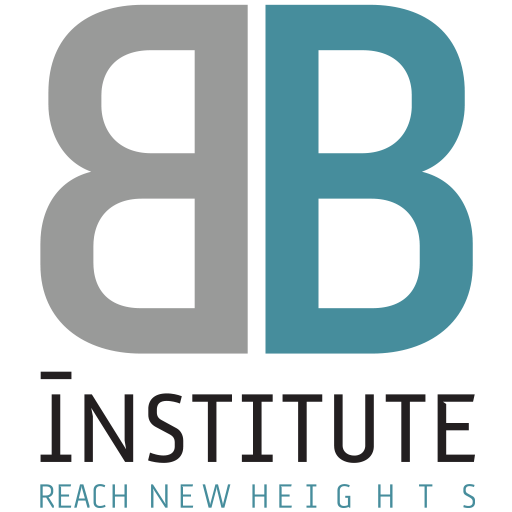BECKER-BETZ-INSTITUTE: State of the art surgery for minimally invasive limb lengthening
Private clinic for cosmetic limb lengthening in Freiburg
At our private clinic in Freiburg we meet patient requirements for high class surgery, quality of service and an excellent clinical culture for people who desire an improvement to their aesthetic sense of well-being. We set global standards in the specialised field of minimally invasive limb lengthening with just one operation and immediate mobilisation without a wheelchair. The BETZBONE® limb lengthening technology developed by Dr. Becker and Dr. Betz is a unique treatment method. This secures our place among the leading global limb lengthening specialists.
Limb lengthening technology for patients throughout the world
Limb lengthening: The surgical know-how and skill of Dr. Axel Becker attract people from all over the world. BECKER BETZ INSTITUTE patients come from the USA, from Saudi Arabia, Japan, China, Russia, Brazil and from all over Europe. This ensures that we are used to adjusting to very different mindsets.
“I am over the moon with the results of my leg lengthening at the Betz Institute in Freiburg! The whole experience, from the consultation to the aftercare, was exceptional. The experienced and caring team was supportive and my increased confidence is a testament to the success of the procedure. I highly recommend the Betz Institute for anyone considering leg lengthening – they have truly changed my life!”
"We set unique standards in the specialised field of limb lengthening. Globally."
Dr. Axel Becker, specialist in cosmetic limb lengthening, specialist in plastic, cosmetic and reconstructive surgery, specialist in orthopaedics and trauma surgery
Medical skill and visionary research results in the field of limb lengthening which are in demand worldwide
We achieve first-class outcomes for cosmetic limb lengthening. With the BETZBONE® surgical technology for limb lengthening, which was developed in house, we focus on responsible, gentle interventions and short stays in the clinic. The immediate mobilisation is supported by highly-qualified physiotherapists and training professionals on an individual basis.
BECKER BETZ INSTITUTE offers optimal conditions for your limb lengthening operation.
- Valuable experience gained from over 1500 limb lengthening procedures (upper leg/lower leg)
- Minimal treatment period
- Purely mechanical lengthening with a clicking mechanism - no electronic components
- Immediate mobilisation following the operation
- Wheelchair unnecessary
- Physiotherapy treatment provided by specialist professionals
- Excellent patient support
- Return home, flight back to home country possible after a period of just three weeks in the clinic followed by rehabilitation
- No weekly post-operative X-ray checks
Private clinic, practice clinic
Private clinic, practice clinic for the most up-to-date, scientifically-based operation methods and first-class service for inpatient stays. This is where Dr. Axel Becker, an internationally renowned specialist in the field of limb lengthening, carries out his operations.
Limb lengthening at the BECKER BETZ INSTITUTE
Are you interested in cosmetic limb lengthening? Here you can find out important information and details while learning about the limb lengthening process with the BETZBONE® extension nail. From the initial contact about the operation right through to consolidation.
BETZBONE® extension nail
The internal extension system with clicking mechanism has global renown. Benefits: Stability, controllability, short adjustment period, straightforward patient operation, anti-corrosion material.
Information centre, videos about limb lengthening by Dr. Becker
In the information centre Dr. Becker informs you clearly about the work he undertakes during the limb lengthening process with detailed videos. Find out everything about the BETZBONE® limb lengthening method, experiences of patients, clinic and team.
International Office
90% of our patients come to us from abroad. The initial contact is usually made by telephone or email.
You can contact us in the following ways:
Following initial contact we will provide you with information documents and an initial questionnaire.
BECKER-BETZ-INSTITUTE location
Our private clinic is located in Freiburg. The university city of Freiburg is one of Germany’s most beautiful and best-known cities. The delightful location in southern Germany close to the border with Switzerland and France, charming atmosphere, water, mountains, vineyards and optimal climatic conditions make Freiburg something very special.
The closest airports are:
- Basel/Mulhouse approx. 40 minutes
- Baden-Airpark Karlsruhe/Baden-Baden, approx. 60 minutes
- Stuttgart approx. 2.5 hours
- Frankfurt approx. 3 hours
- Zürich approx. 2 hours
- Landeplatz Freiburg, Baden-Baden, for privately chartered flights

